 Menu
Menu
Main Menu
 Close
Close
Insights
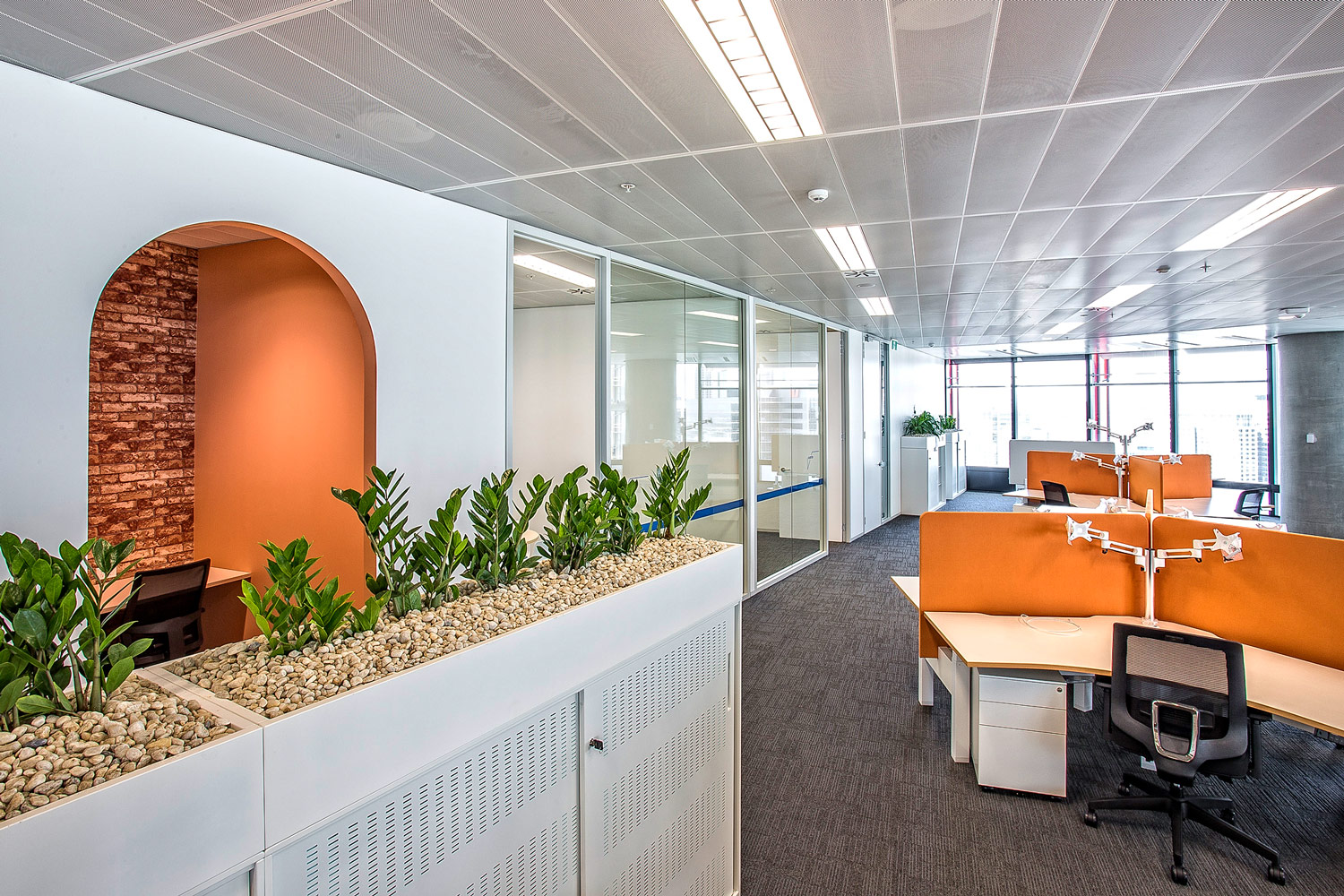
There is a close link between colour and emotion. It therefore stands to reason that one can enhance the workplace experience by using the right colours in the right locations. In fact, certain colours can enhance productivity, energy and mood, while others can have the opposite effect.
Colours can affect emotion based on their brightness, shade, tint and tone. Colours like red, yellow and orange can provide feelings of warmth, energy and happiness. These colours are also attention grabbing and can signal danger; think stop signs, brake lights, warning lights and hazard signs.
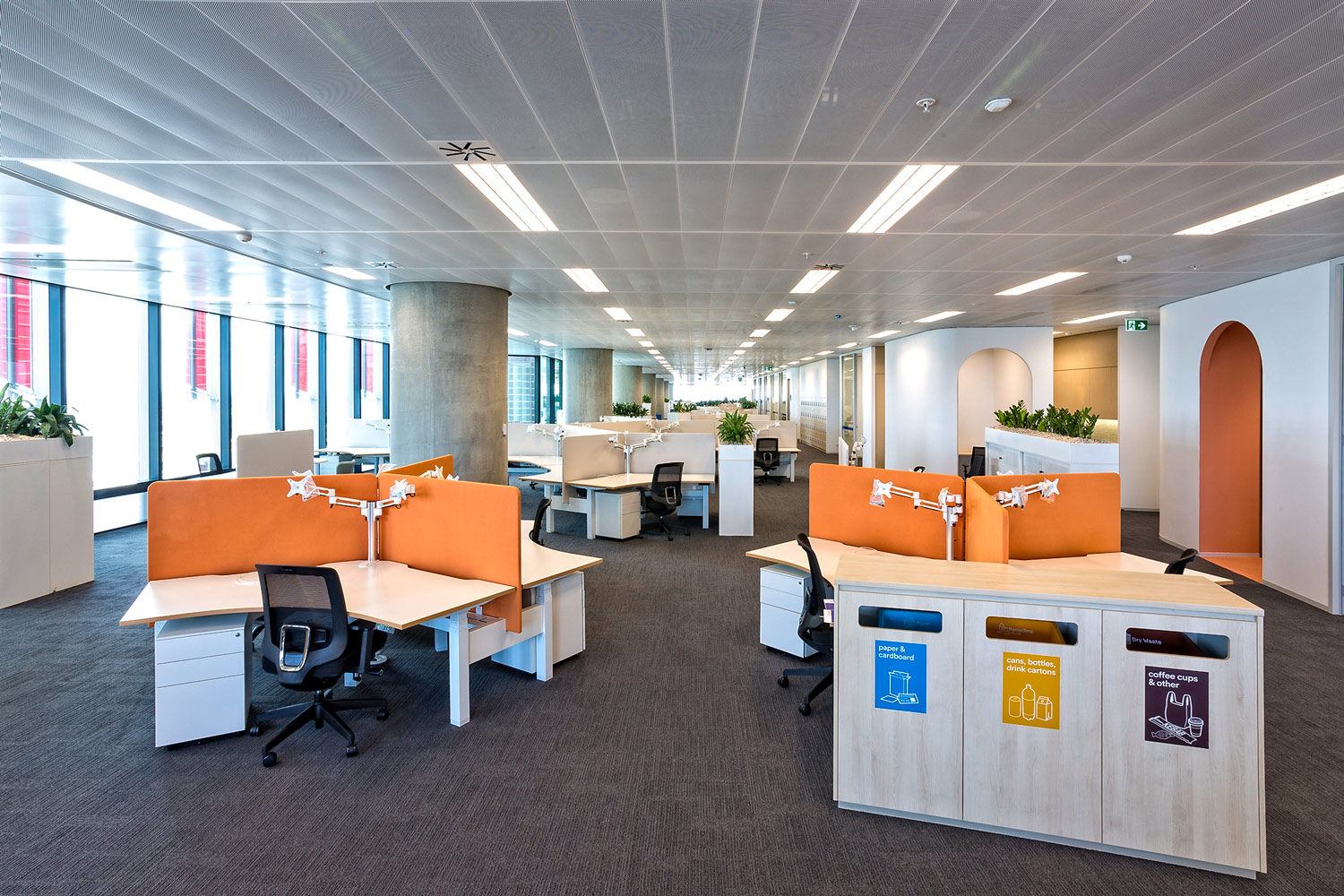
Cooler colours like greens, blues and purples can make you feel calm, however they can also express sadness if they are dark and muted.
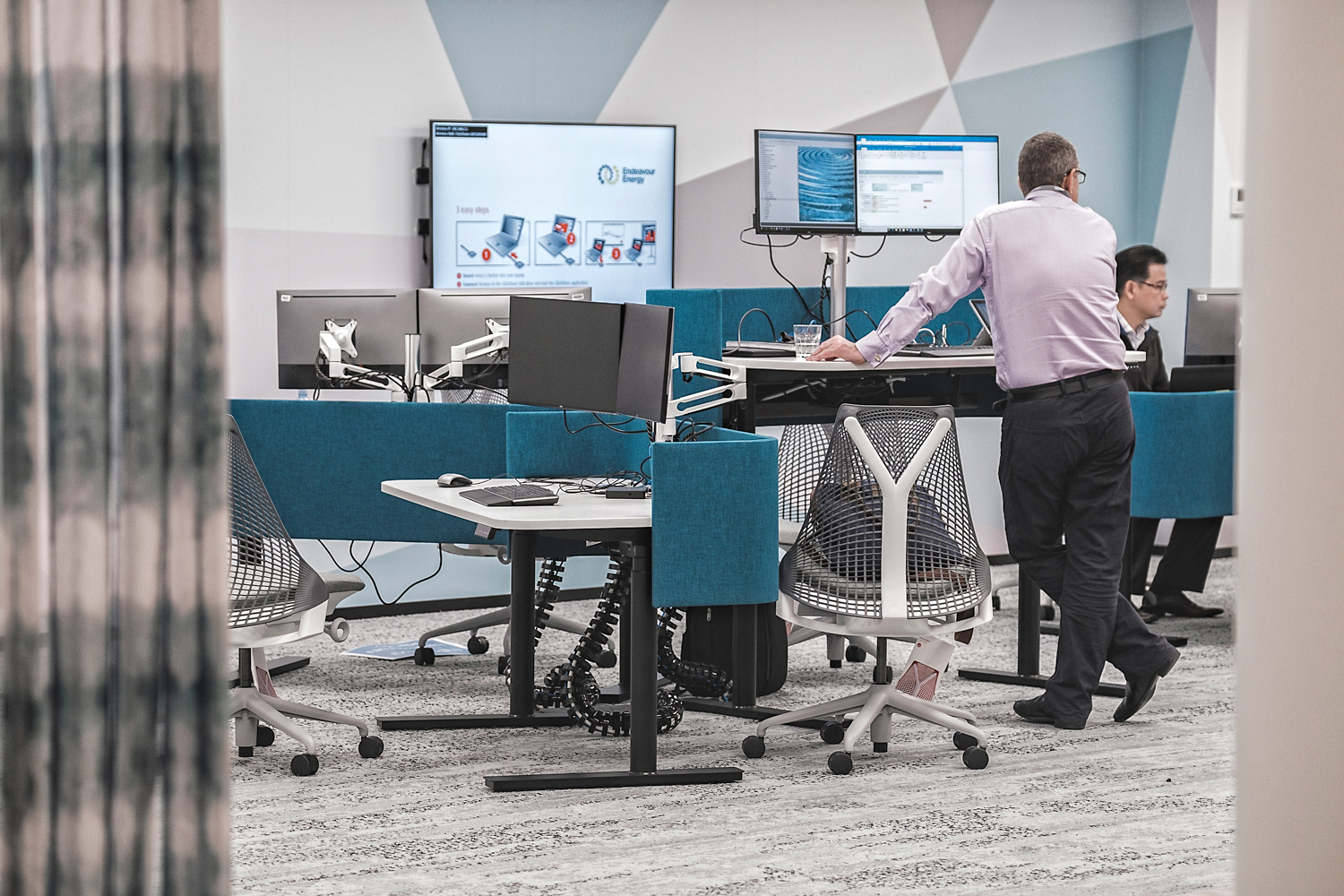
One study found that bland colours such as grey, beige and white can cause feelings of sadness, particularly in women. While men on the other hand displayed similar feelings when faced with purple and orange.
The feelings we associate with particular colours tend to stem from both past experience and evolution. For example, blue tends to make us feel calm. We are all used to looking up at a blue sky. A blue sky indicates that there are no storms coming, so it fills us with a sense of calm.
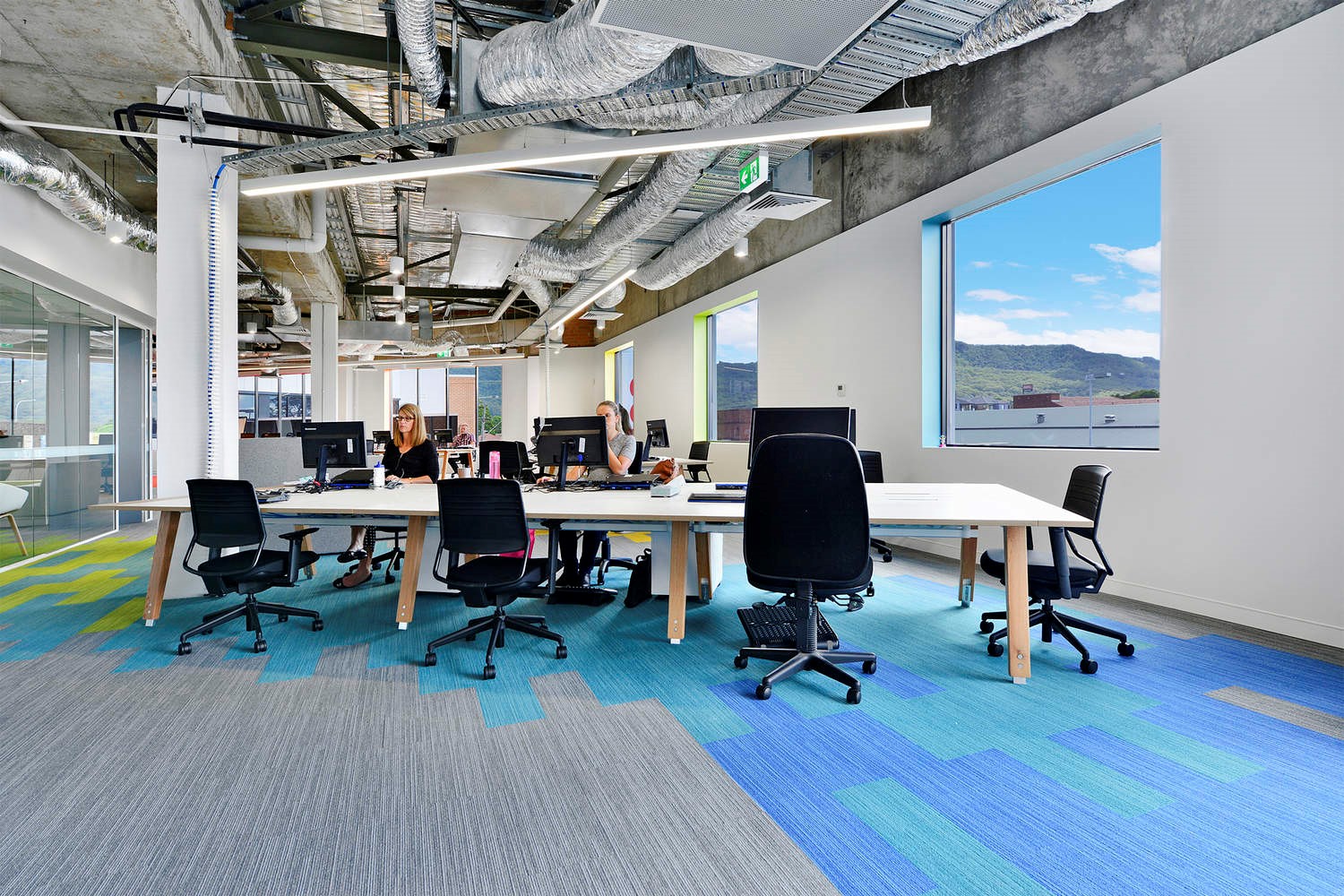
This concept can be leveraged in an office environment to get the most out of staff and to increase their wellbeing. Colour can affect productivity, so extra thought should be put into which colours to choose when designing your workplace. Let’s take a look at a few colours to see what kind of impact they can have and what we tend to associate with them:
Creating a productive and stimulating work environment is not just about the colours you select, but also about the saturation and brightness of the particular colours.
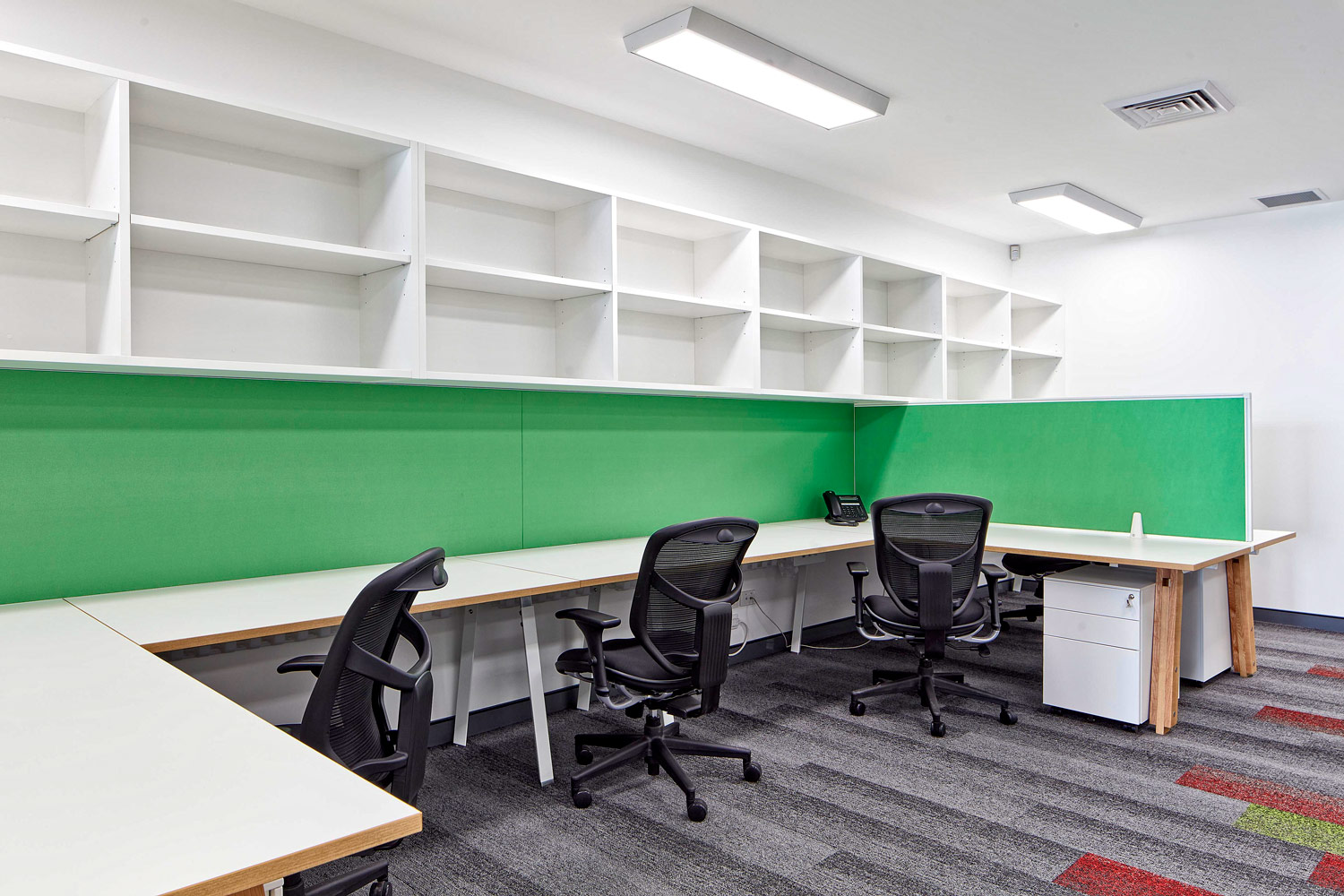
An easy way to play with colours in the office, is to simply bring in items of a particular colour and see if they evoke a positive physical and emotional response. If you are working from home, there is more flexibility so changing colours is even easier. You can hang pictures with specific colour schemes, paint a wall or place items of specific colour on your desk.
You can boost productivity and enhance the workplace experience using just colours, however you need to be selective about which colours you use.
For a great range of products that are designed to enhance the workplace experience, visit: https://www.rj.com.au/products/
Sign up with your email address to receive news and updates.